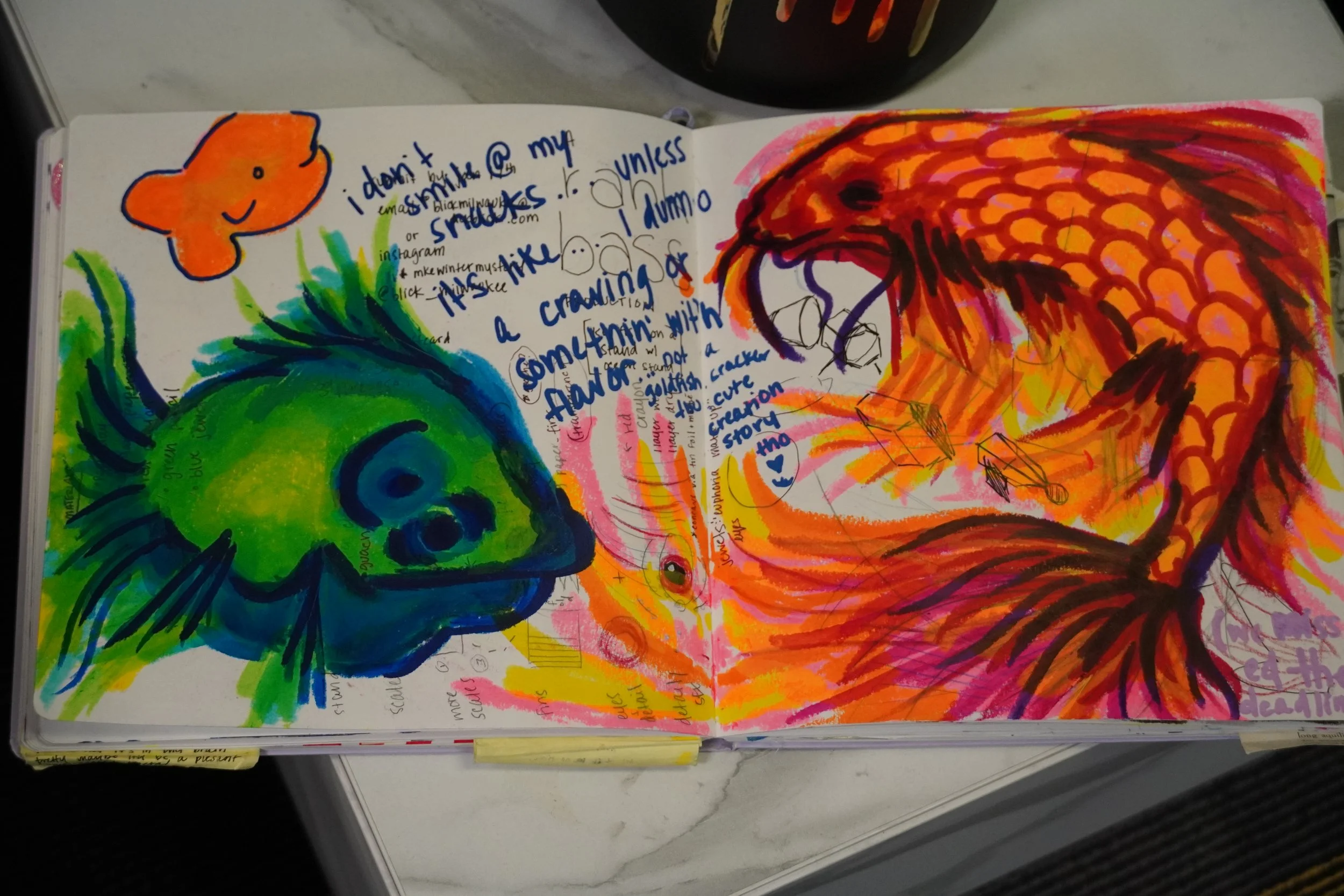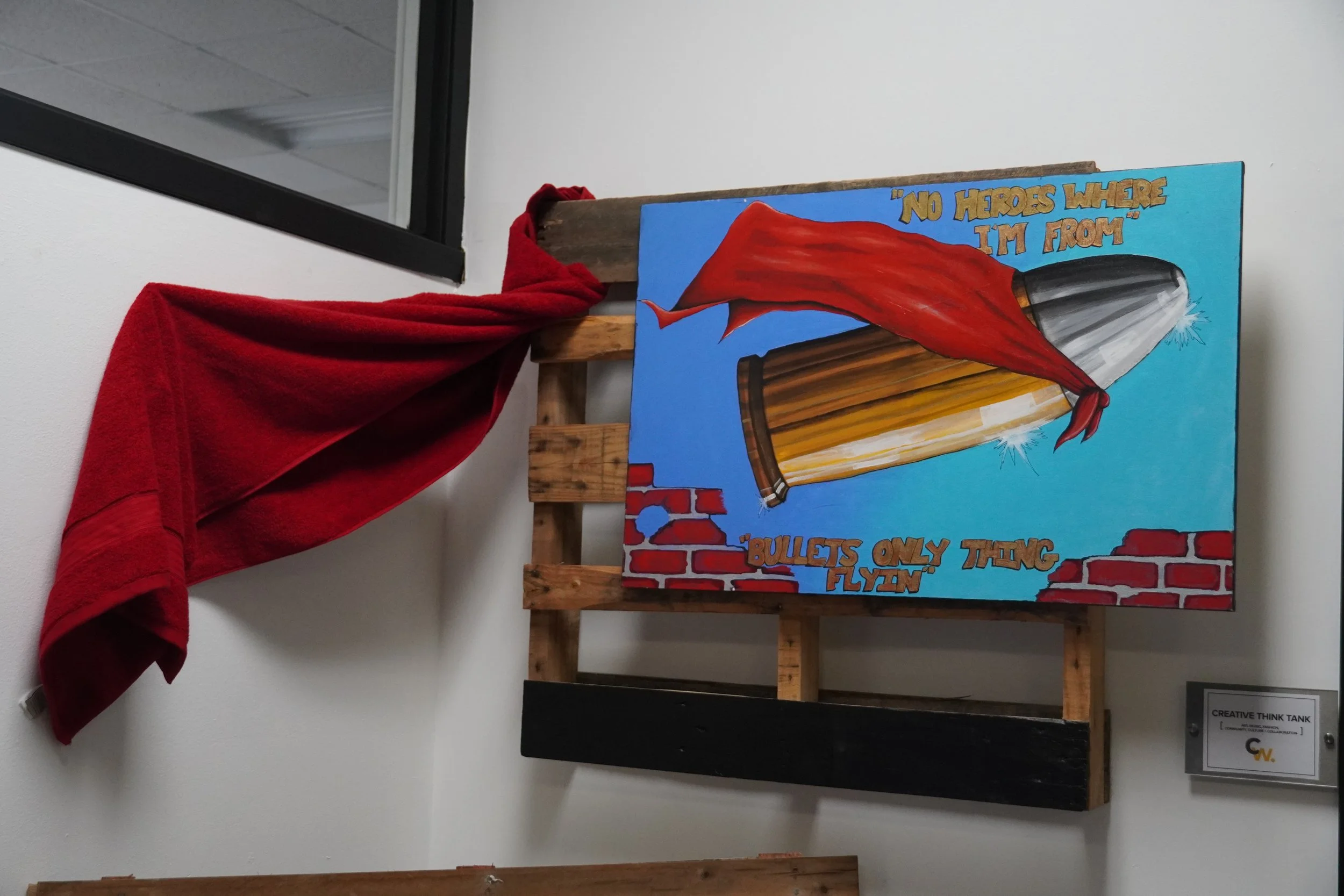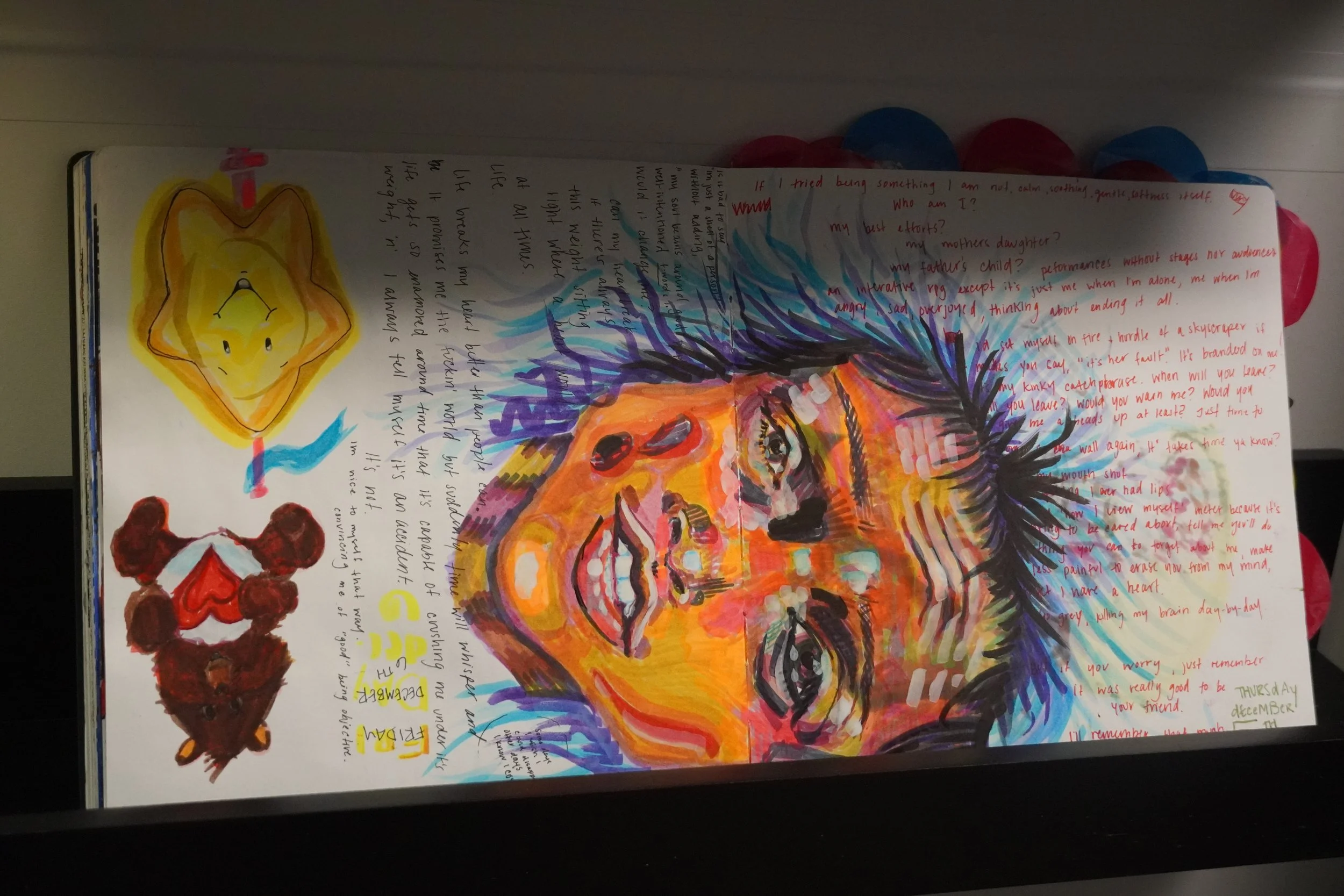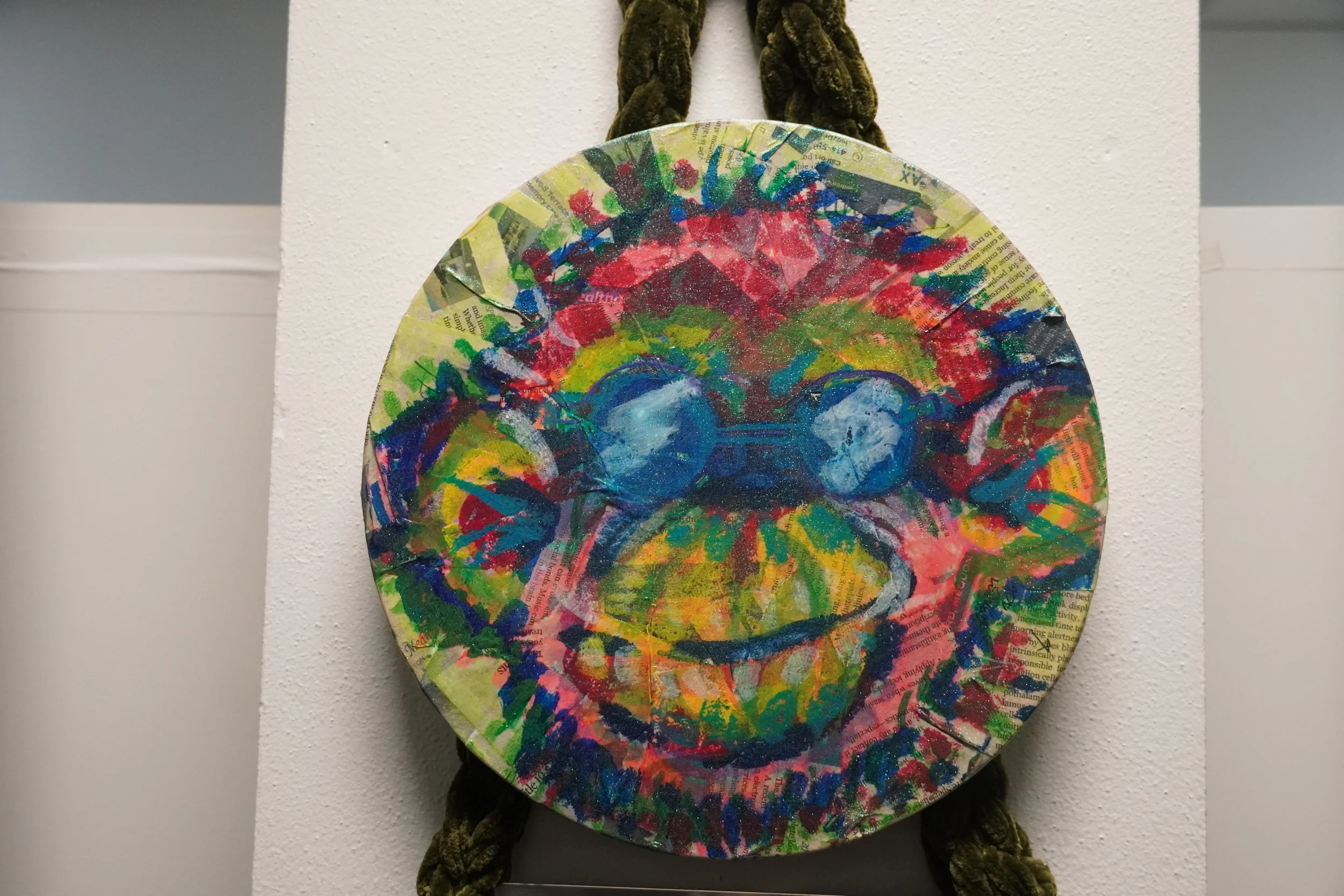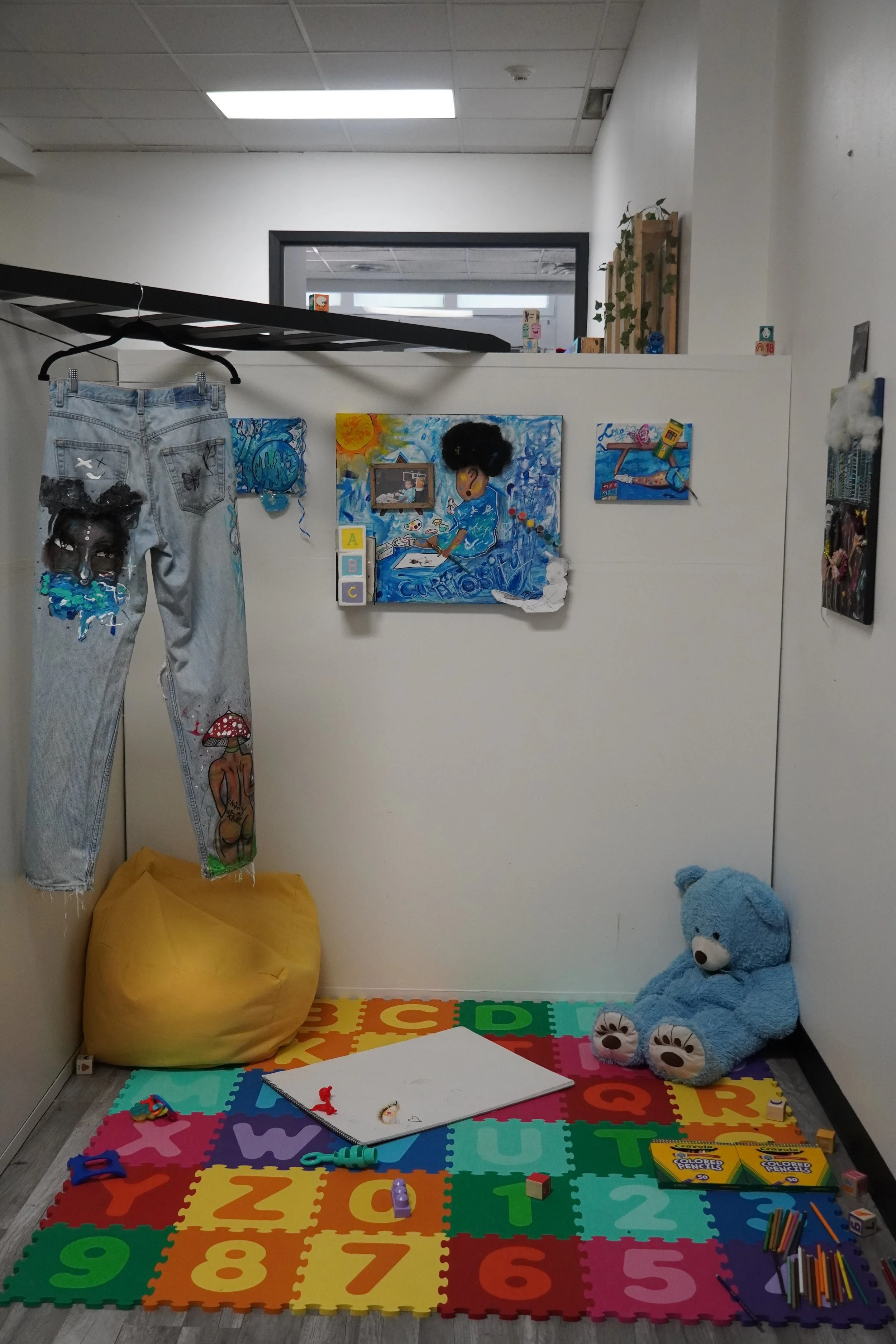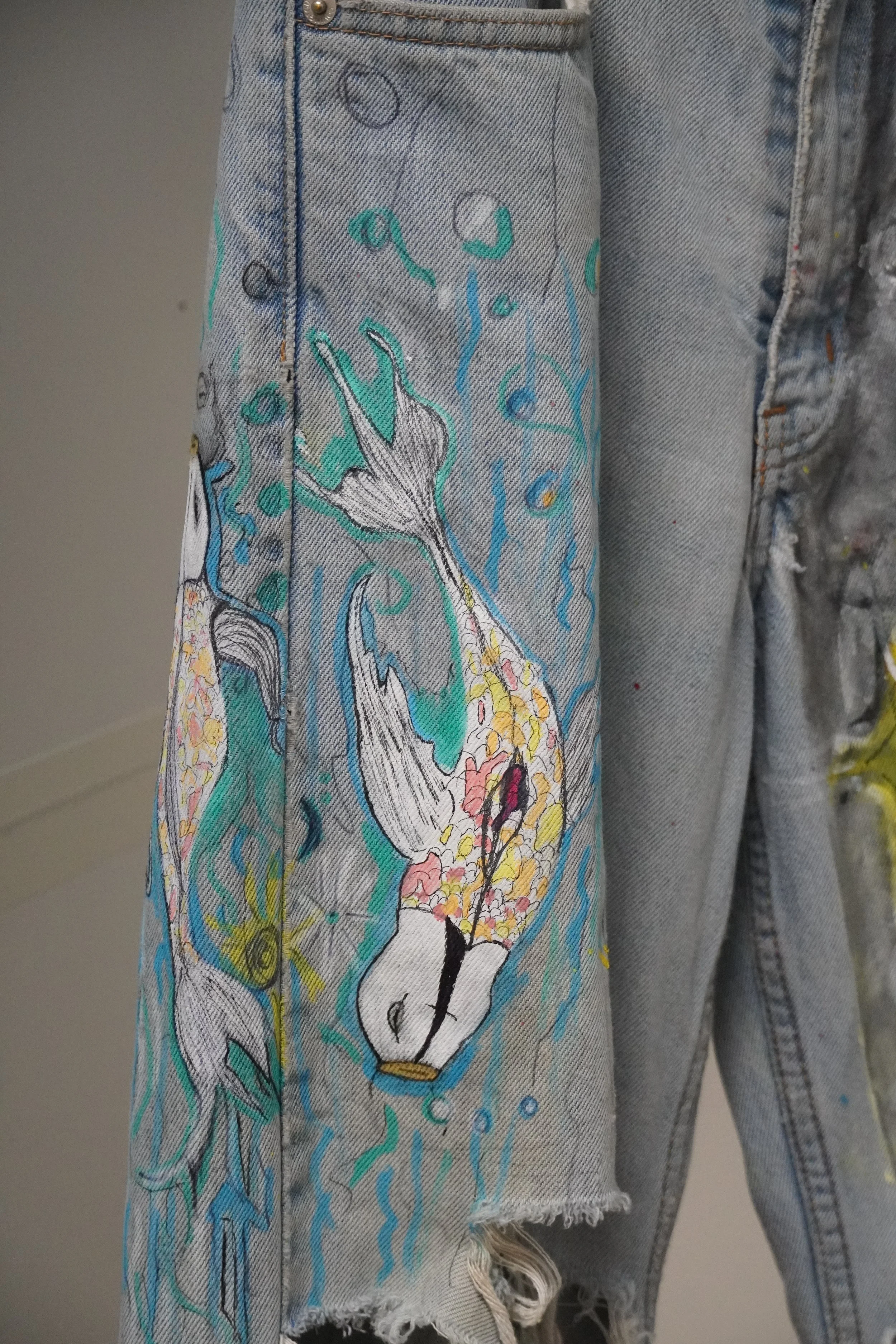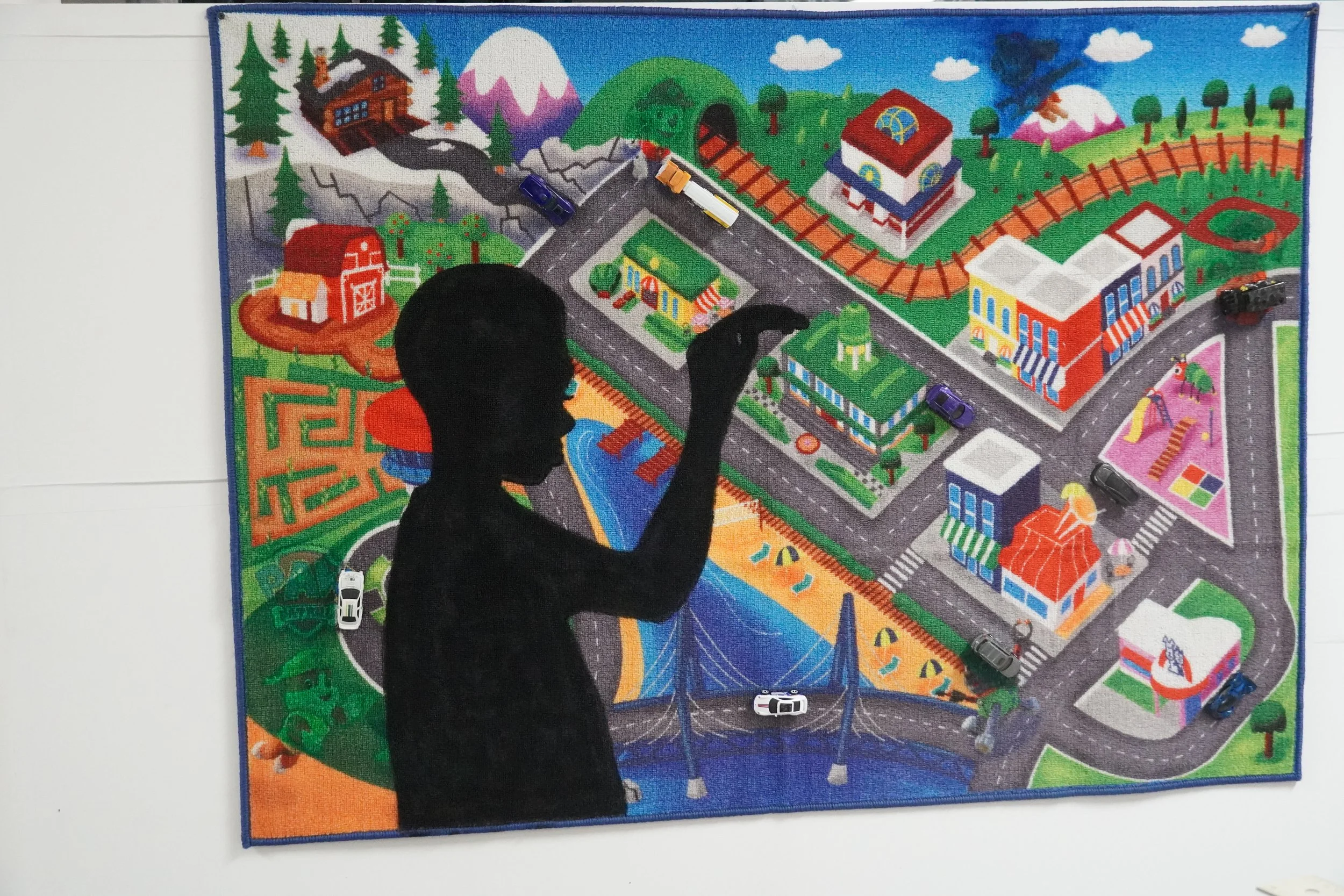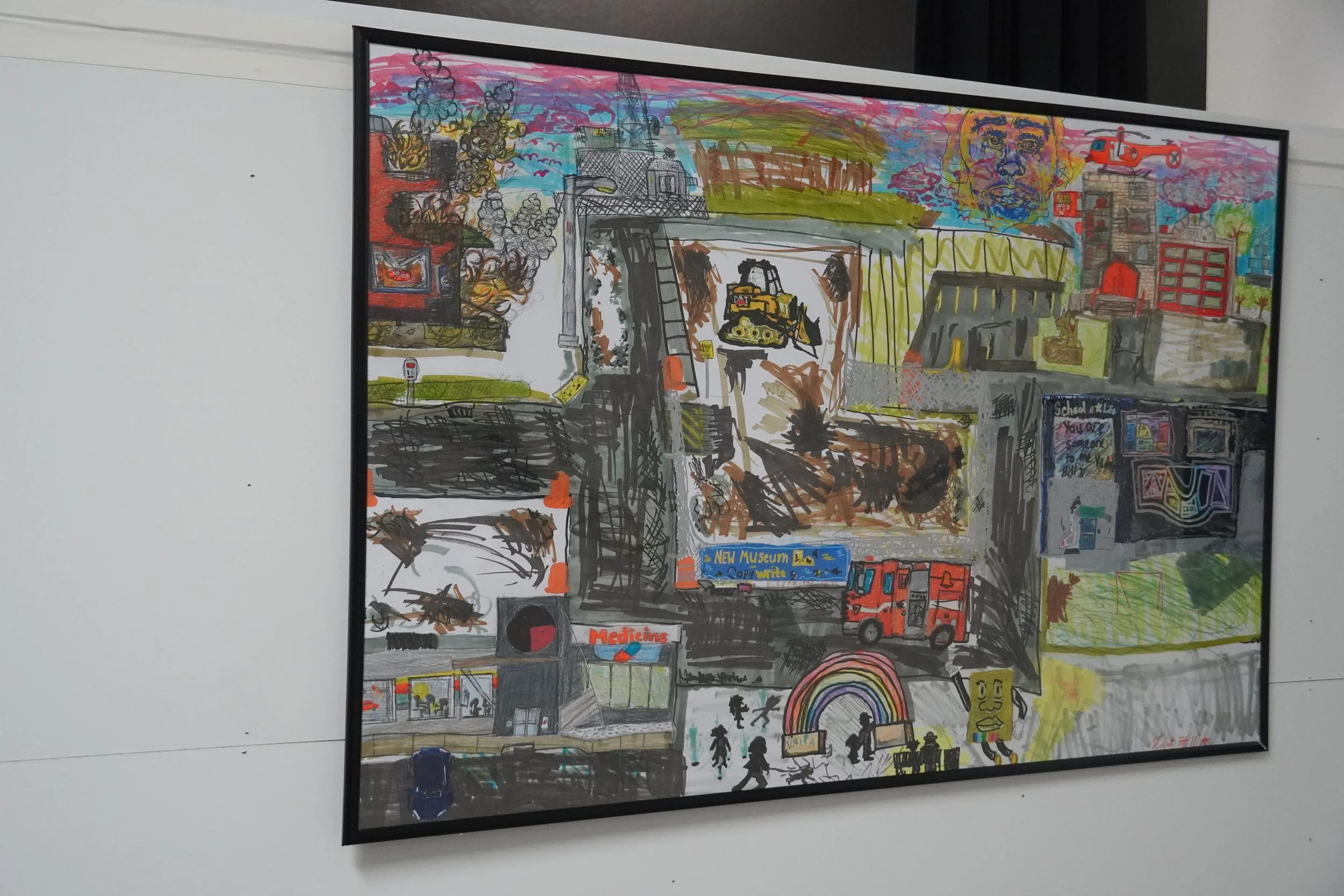/CW INTERN SKY ABNER | 21 Things I Learned at Milwaukee Fashion Week from a Fashion Perspective
/A WORD FROM OUR INTERN SKY:
@mkefashionweek was such a fun experience to be apart of! I enjoyed seeing all the shows and doing interviews for @copywritemag
To all the wonderful people that I interviewed thank you so much for being apart of my short film. I wanted to add everybody but it would have been a movie.
Interviewees:
@jmacjr03
@hopemarieusa
@silversarkofficial
@shantiofficiall
@222iluvme_
@cielo.marisa
@pop_that_pooley
@_arturovelasco
@jvrvmyy.joelll
@pakou._.222
@gigiwagener
@julieannmaday
My love for fashion started when I was a kid. It was something passed down to me from both of my parents. My mom had a closet I would raid any chance I could get, which I still like to do to this day. My dad collected ties, more than 500 of them, and he loved nothing more than putting on a sharp suit. Between the two of them, I grew up surrounded by style.
I spent hours playing dress-up games, imagining the kind of spaces where fashion was not just personal but celebrated. Living in Milwaukee, I always wished for a place where people like me, people who loved fashion in all its forms, had a community where that love could be shared freely.
Walking into Milwaukee Fashion Week, I realized that dream had found its home. For three days, I watched the city’s fashion community come alive. Designers, models, stylists, photographers and volunteers all wove together into something bigger than a show.
This year, the energy filled three different venues: the Milwaukee Public Museum, City Hall and the Rivulet. Each space had its own story, from high-fashion archive pieces to the blueprint of streetwear and forms and figures. President Jeffrey McAlister called it “the reimagined, renewed and redefined Milwaukee Fashion Week,” and standing there in the middle of it all, I understood exactly what he meant.
On the runway, the designs did more than turn heads; they told stories. Silversärk brought the heat with daring, dramatic pieces that were impossible to forget, while Sam Graham Avant Garde added sophistication, with looks so fly they made me double-take. Some pieces carried a retro flair that pulled me back to the 70s, a time I wasn’t born but still felt connected to through his clothing. Then, during streetwear night came Arturo Velasco, whose work blended his culture and love for Chihuahua, Mexico, transforming them into designs rooted in identity and storytelling. Fashion here was not just about fabric. It was about the designer’s voice, memory, and creativity.
The models brought their own kind of magic. Some had known they wanted to walk the runway since they were a kid, while others found their way here through friendship and community. They reminded me that confidence matters as much as couture. The runway can be a family, a place where people grow together and support one another.
The backstage process was a world of its own, buzzing with urgency, laughter and the constant warmth of curling irons. Student and professional hair and makeup artists moved with precision,
transforming models in minutes. Every detail, from beat faces to sculpted hair, mattered. Watching it unfold felt like seeing another kind of art form, one that rarely comes alive in front of the cameras.
And speaking of cameras, the photographers were everywhere, capturing angles and moments that told their own story. Volunteers kept things running smoothly, helping people to their seats, making everyone feel welcome.
Looking back at my great experience, I walked away with 21 notes from the past 3 nights:
1. The city’s fashion scene is thriving and growing.
2. Milwaukee Fashion Week has come a long way.
3. Every venue told a story.
4. The designer’s couture amazed me.
5. Designers proved fashion can carry culture.
6. Models reminded me that the runway is a family and that confidence matters. 7. Backstage is chaos and inspiration.
8. Hairstylists push limits.
9. Makeup turns faces into art.
10. Photographers make moments last.
11. Volunteers keep everything moving.
12. The hosts feel the crowd and the room with energy.
13. The community is inclusive and very kind.
14. Everyone has a real love for fashion.
15. Designers draw inspiration from everywhere.
16. The runway is about storytelling.
17. Every detail counts.
18. Fashion in Milwaukee is about connection.
19. Organizers want national recognition.
20. Fashion shows are a celebration.
21. And at the heart of it all, Milwaukee Fashion Week is about style, creativity and community!
As Julie Ann Maday, on the finance committee board, told me, “I want Milwaukee Fashion Week on the map like Chicago, New York, or Paris. We have the designers, we have the talent, we just need to keep building.”
And after three nights of being in the middle of it all, I have the highest hopes for the future of Milwaukee Fashion Week as well.



